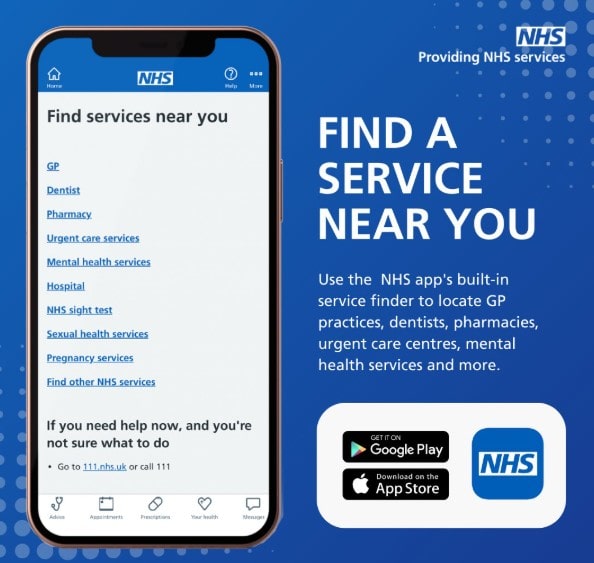The UK government has revealed its long-awaited 10-Year NHS Health Plan, aiming to address the deep challenges facing the National Health Service.
This plan focuses on modernising the NHS, improving local care, expanding digital services, and reducing health inequalities. It is a bold roadmap, but there are questions about how it will be delivered and whether the ambitious goals can realistically be met.
Here’s a closer look at what’s been shared so far.
Shifting Care from Hospitals to Communities
One of the biggest changes will be moving routine care out of hospitals and into local clinics and community centres. This means more scans, blood tests, and follow-up appointments will be available closer to people’s homes.
The goal is to relieve pressure on overstretched hospitals while making it easier for patients to access services without long travel times.
This community-focused care is expected to bring faster support, but it will depend heavily on whether local health services have the staff and resources to meet growing demand.
While this shift could improve convenience for many, some areas, especially rural ones, may need extra investment to prevent widening the gap between communities.
Cutting NHS Bureaucracy
The government is planning major structural reforms within the NHS.
One of the biggest changes is the abolition of NHS England in its current form. Thousands of administrative jobs across NHS England and the Department of Health and Social Care are expected to be cut.
The plan aims to simplify the system and reduce layers of bureaucracy that many say slow down decision-making.
Some national organisations that provided oversight and protected patient voices, like Healthwatch England, will also be removed.
There’s concern that while cutting red tape might improve efficiency, losing independent watchdogs could weaken patient protection.
Finding the right balance between efficiency and accountability will be key to whether these reforms succeed.
Going Digital: Expanding the NHS App
The NHS App is poised to serve as the “digital gateway” to healthcare services throughout England.
Under the new plan, the app will offer much more than just booking GP appointments. It will provide direct access to mental health support, vaccine bookings, screening appointments, and medical advice.
Patients will even be able to self-refer for talking therapies and other services without needing to contact a GP first.

This digital expansion is designed to make healthcare quicker and easier to access, especially for common services.
However, there are concerns about people who struggle with digital technology or who don’t have easy access to the internet. Ensuring no one is excluded will be a crucial challenge.
Introducing DNA Screening for Newborns
Plans are underway for the government to implement DNA mapping at birth for every baby.
This would help identify potential health risks early and allow doctors to spot the likelihood of serious diseases long before symptoms appear.
It’s part of the push to shift the NHS from treating illness to preventing it.
This approach could save lives and reduce long-term healthcare costs, but it also raises important questions about data privacy, consent, and how genetic information will be used and stored.
The success of this step will depend on clear safeguards to protect personal information.
Cervical Screening at Home
To improve screening rates, the plan will offer home cervical screening kits to women who have missed their regular check-ups.
The government says around five million women are currently overdue for cervical screening in England.
Offering home testing could make it easier for people with busy lives or those who feel uncomfortable attending in-person appointments.
This is part of a wider strategy to make healthcare fit around people’s daily routines, rather than expecting patients to fit into the system’s schedule.
AI to Monitor Patient Safety
The new plan includes the creation of a world-first AI early warning system designed to track patient safety risks in real time.
The system would analyse hospital data to spot problems early and help stop serious failings before they happen.

After several high-profile safety concerns in the NHS—particularly in maternity and mental health services—this AI system could be an important step toward improving care and preventing future scandals.
But it will need to be carefully monitored to ensure that technology improves, rather than replaces, vital human decision-making.
Targeting Health Inequalities
A major theme of the plan is reducing health inequalities across the country.
The government says it will move more resources, including medicines and medical equipment, into areas that have the highest health needs but the lowest levels of NHS support.
Funding will also be adjusted to prioritise coastal towns and working-class communities that currently struggle with limited GP services and poorer health outcomes.
The goal is to end the postcode lottery of care, where the quality of NHS services varies significantly depending on where someone lives.
Rebalancing the system could help ensure everyone has a fair chance of getting the care they need.
A Plan Full of Promise, But Delivery Will Be Key
The 10-Year NHS Health Plan sets out a bold vision to modernise the NHS and shift from a system focused on treating illness to one focused on preventing it.
It promises more digital access, better local care, and more support for the communities that need it most.
However, making these changes happen will not be easy. It will take serious investment, careful planning, and a commitment to making sure no one is left behind.
The full details are expected soon, but for now, this plan offers both hope and big questions about whether the NHS can truly transform in the years ahead.






